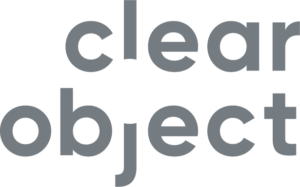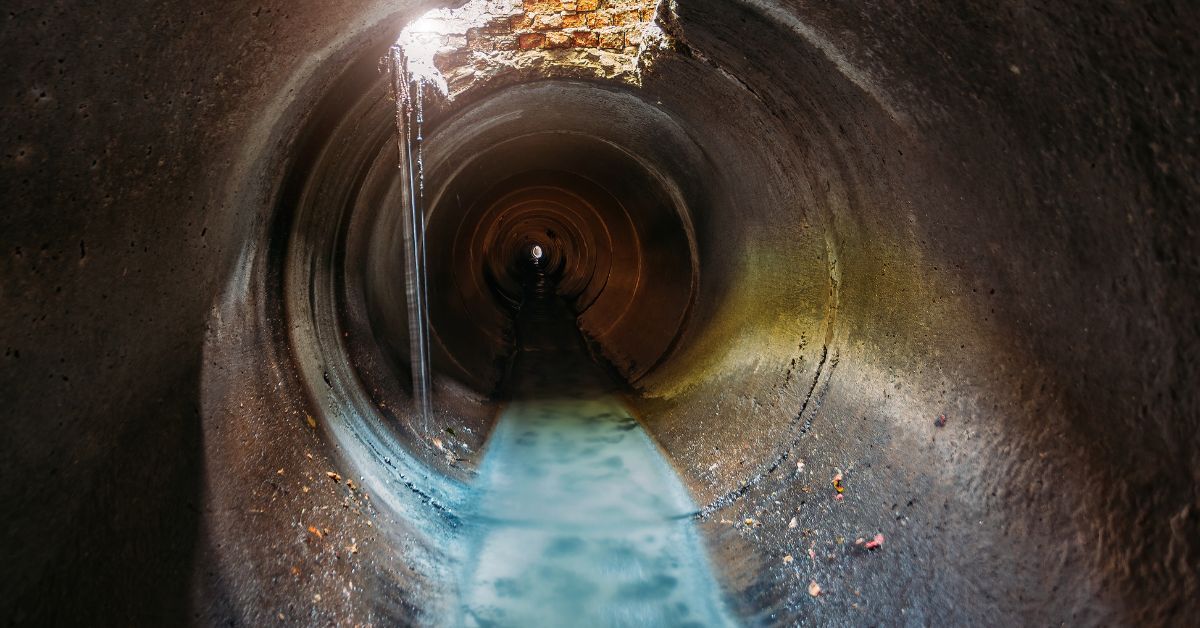The urgency to address America’s aging water infrastructure has never been greater. U.S. Environmental Protection Agency (EPA) Administrator Michael S. Regan recently testified before Congress, underscoring the dire need for increased investment in water systems. The EPA’s latest Clean Watersheds Needs Survey revealed a staggering $630 billion funding gap for essential wastewater, stormwater, and clean water infrastructure repairs and upgrades over the next two decades.
In this critical moment, the potential of AI to revolutionize pipe inspection and maintenance is more significant than ever. A recent study from Harvard Business School and Boston Consulting Group (BCG) provides compelling evidence that generative AI (GenAI) dramatically enhances productivity across the board, a finding that aligns perfectly with what we are seeing across our customer base in the pipe inspection industry.
AI as a Performance Equalizer
The Harvard study found that AI-assisted workers completed 12.2% more tasks with a 40% higher quality score than those without AI assistance. Most notably, the study found that lower-performing workers experienced the most significant boost, with a 43% increase in productivity. This is because AI acts as a kind of “performance equalizer,” providing consistent guidance and analysis that helps less experienced team members achieve results closer to those of seasoned experts. This doesn’t just boost overall productivity; it ensures a higher standard of quality across the board.
This mirrors what we’ve seen across our customer base, where AI-powered inspection tools have consistently led to significant improvements in efficiency, accuracy, and consistency. In fact, we’ve taken manual review time for sewer inspection videos down by 80% or more with increased accuracy.
A Texas-Sized Success Story
Take, for example, our work with a Texas utility company that provides water and wastewater services to more than 2 million customers. Their custom 1-5 pipe grading system, approved by the Texas Commission on Environmental Quality and the EPA, was seamlessly integrated with ClearVision for Pipes. ClearVision for Pipes had an accuracy on scoring grades +/- 1 grade at 95% confidence. The ClearVision for Pipes also identified inconsistencies across inspectors and many missed conditions, all of which were caught when working with the ClearVision for Pipes solution. Not only did this speed up their inspection process and improve accuracy but it could also be used to free up their inspectors from the time-consuming task of manual PACP (Pipeline Assessment Certification Program) coding, enabling them to focus on more complex decision-making.
Stuck in the Past?
Sewers and wastewater systems are dangerous places, and many were built over 100 years ago. Manual inspection has always been challenging, so many municipalities have begun using various drones to capture video footage of this infrastructure.
That may sound like “automated inspection,” yet the video taken is most often reviewed by humans. Footage of thousands upon thousands of linear feet of pipes is inspected by teams of engineers who code potential issues they observe. This can often take months, and because humans have different ways of estimating damage (and different attention spans), the quality and consistency of the analysis are highly variable. Watch our webinar on Smart Sewers here.
AI programs remove that inconsistency and are designed to highlight the areas of concern that need a human’s judgment. Once an AI pipe inspection system is in place, Engineers can focus their skills on higher-value tasks such as solving for potential failure points, not identifying them.
The “Good Enough” Trap: A Costly Mistake
Some asset management companies have tried to capitalize on the AI trend by simply adding “good enough” AI to their existing software, hoping that the convenience factor will outweigh any shortcomings in accuracy or efficiency. Unfortunately, this approach often backfires.
One robotic inspection company CEO confided that their “good enough” AI actually increased processing time by 25% due to the sheer volume of false positives that needed manual review. This not only negates any potential time savings but also creates additional costs and headaches for the customer.
ClearVision for Pipes: A Smart Investment, Not an Added Expense
At ClearObject, we understand that municipalities need solutions that deliver real value. That’s why ClearVision for Pipes is designed to be a low-cost, high-ROI investment. By significantly improving inspection speed and accuracy, our solution not only saves time and money but also helps prevent costly infrastructure failures down the line.
Furthermore, our commitment to accuracy goes beyond just technology. Our solution incorporates a human element into our quality assurance process, ensuring that the results are robust and reliable. We believe that AI and human expertise are not mutually exclusive, but rather, they complement each other to achieve the best possible outcomes.
The Future of Pipe Inspection is Here
The Harvard study, the EPA’s alarming report, and our own experiences paint a clear picture: AI is not just the future of pipe inspection, it’s the present. The evidence is clear: municipalities that fail to embrace this technology are not only missing out on significant efficiency gains—such as those demonstrated by the 30% or more increase in throughput that we’ve documented—but are also potentially jeopardizing their infrastructure and the well-being of their communities due to the increased risk of missed defects. The failure to leverage AI effectively could result in millions of taxpayer dollars wasted on unnecessary repairs or, worse, catastrophic failures that could have been prevented with proactive maintenance.
ClearVision for Pipes offers a proven, cost-effective way to harness the power of AI, improving inspection accuracy, streamlining workflows, and ultimately, saving taxpayer dollars. As Administrator Regan emphasizes the urgent need for investment in our water infrastructure, AI-powered solutions like ClearVision for Pipes provide a timely and effective way to address this crisis. The future of pipe inspection is here, and it’s smarter, faster, and more accurate than ever before.

